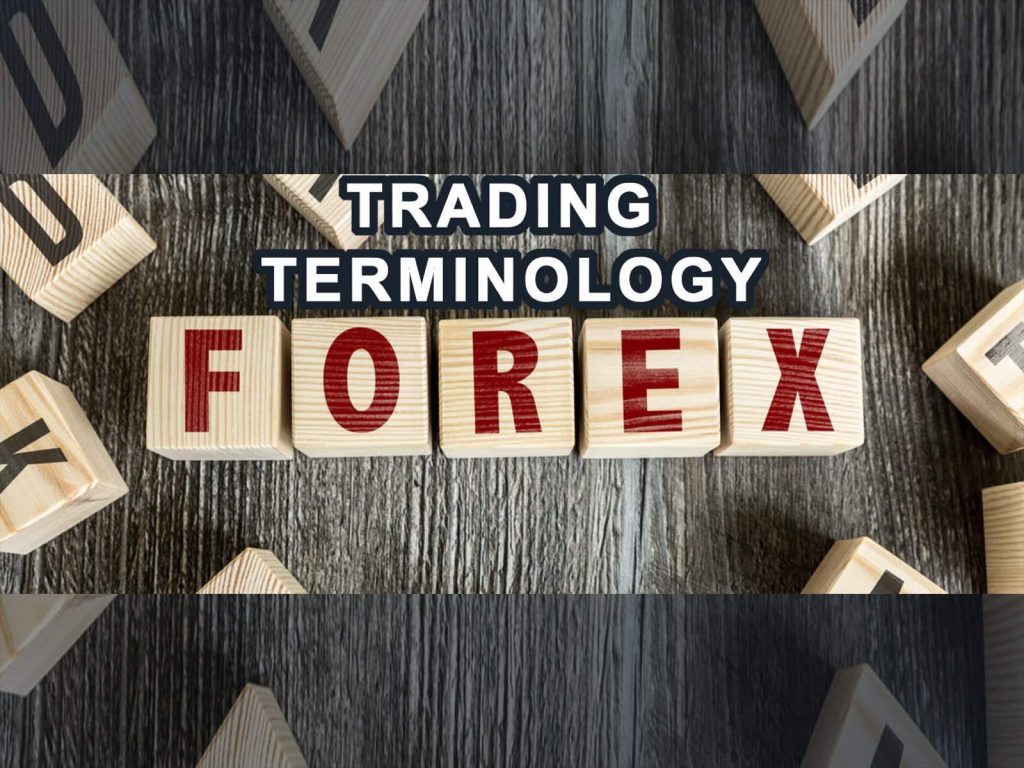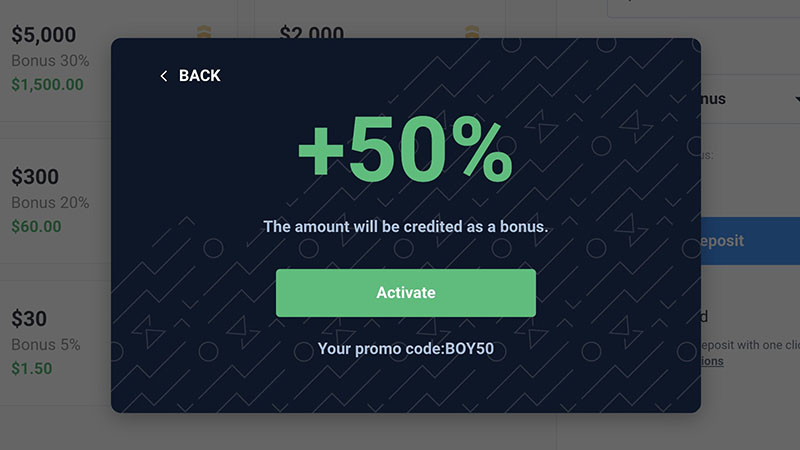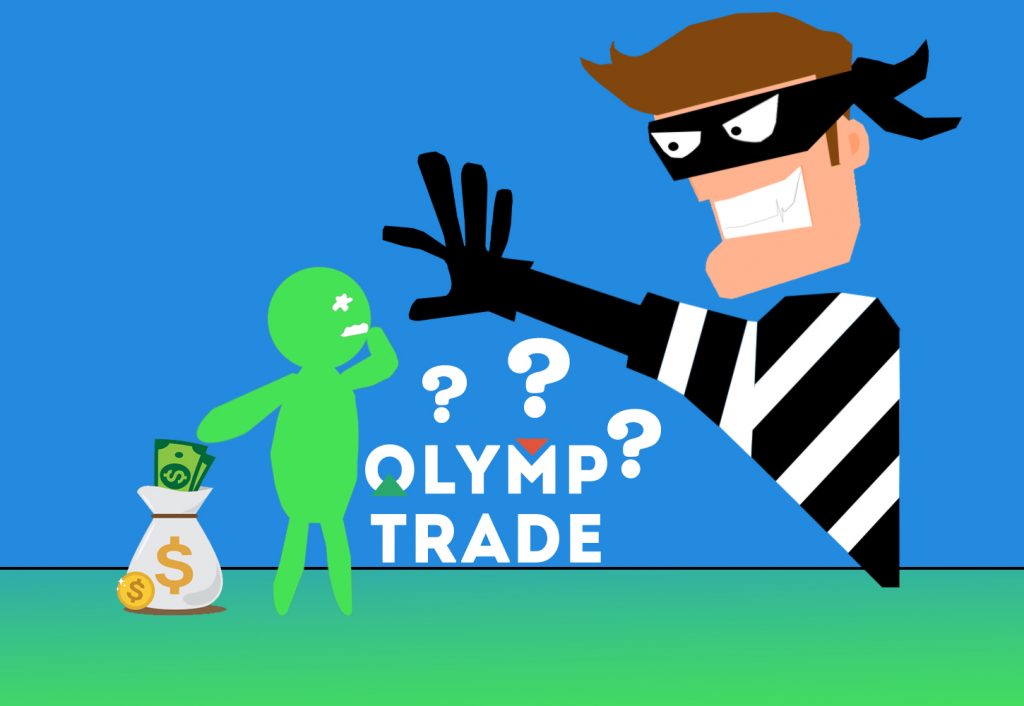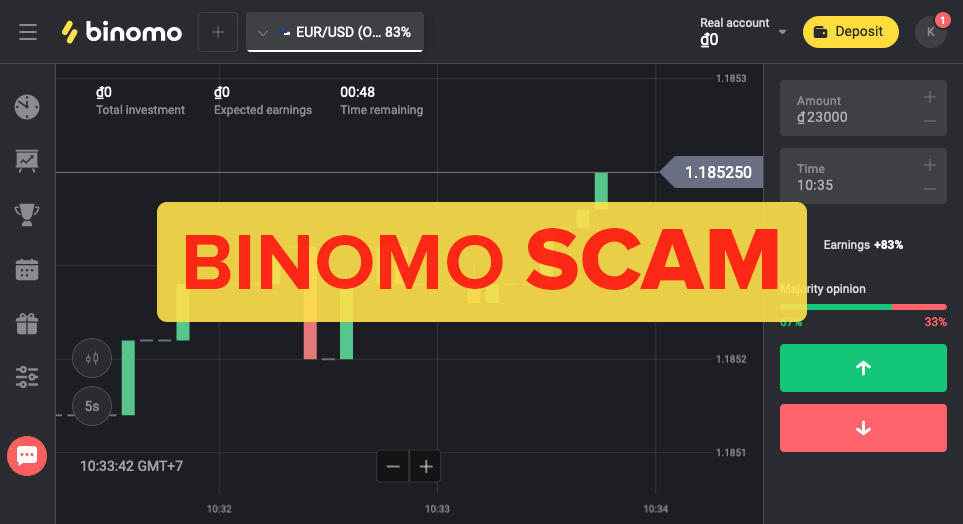When trading on the Forex market, you will encounter lots of confusing terms. This article will guide you to explain trading terminology forex so that you can understand them relatively easily.
Register Olymp Trade & Get Free $10,000 Get $10,000 free for newbies
Open Position
When a trader opens a BUY or SELL order to enter the trade and while it is still active. That means the trader is not closing the order.
Closed Position
It’s mean a trader sells his/her transaction and takes a profit or loss.
Leverage
Money lent by a broker to a trader based on the trader’s available account funds, and then the asset will be leveraged. Sometimes called a multiplier.
Margin
The amount of money on deposit in a trader’s account. Used to determine how much leverage a broker might allow the trader to use when executing trades.
Spread
The difference between the current price offered to buy an asset and the current selling price of the offer. The closer the two prices are, the more quickly trades can execute.
Pips
Essentially, the pip is the smallest unit of measurement in buy or sell bids placed on a market.
In Forex, a pip for the most important markets like EUR/USD is .0001 of the current price. Following those markets, a minimum change in the amount of an asset of .0001 is a change of one pip. Otherwise, in other markets, a pip can be a variety of sizes.
Currency Pair
Any two national currencies traded against each other on the Forex markets. The most popular pairs involve the U.S. Dollar, the Euro, and the Japanese Yen, but markets are available for nearly every currency in the world paired in the more common.
Examples of Currency Pairs and Their Abbreviations:
- JPY – Japanese Yen
- USD – United States Dollar
- EUR – European Euro
- AUD – Australian Dollar
- NZD – New Zealand Dollar
- GBP – Great Britain Pound
- CFD – Contract For Difference. CFDs are positions opened by speculators based on their belief that a specific asset will increase or decrease in value. If they begin a position expecting an increase, they will profit from the difference in the opening price and the price at closing. The profitability of CFDs can vary depending on the broker, time frames for positions, leverage, and other factors.
Long Position
Open a trade with the belief that the asset will rise in value over a while.
Short Position
Open a trade with the belief that an asset will decrease in value, allowing the trader to purchase the asset at a lower value and netting the difference. This can be done either by selling assets that the trader already holds or by selling borrowed assets and agreeing to purchase (covering the short) the asset at a future date. This is important since the asset needs to be returned to the lender.
National Interest Rate
The interest rate for a national currency set by the nation’s central bank. This is the rate at which banks borrow money from each other, but is used when a broker “rolls over” an open position in the Forex markets.
Thank you for reading this Trading terminology in the Forex Market article.




